
PUBLIC SPACE PRIORITIES IN HOBOKEN: Flexibility Will Be Key For Small Business Reopening | OPINION
by Antonio Graña
all photos courtesy of the author
The Coronavirus epidemic in New Jersey has exacted a terrible price in our state. In the last couple of months over 10,000 New Jerseyans have lost their lives. It happened so quickly we have barely had the chance to fully grieve. And yet another potential tragedy is unfolding for Hoboken. One of declining ratables and shrinking economic activity. This is because the very thing that makes Hoboken such a great destination and desirable place to live – our high population density, walkability, and small business footprint – are the very things that will make the re-opening of our city difficult in a world where social distancing will be the new norm for some time to come. As we begin to adapt to what the “new normal” will look like, it’s a good time to use some of our best place-making ideas to practice flexibility in how we use our streets as public places. Doing so may be essential to support and strengthen opportunities for economic sustainability.
Survival of the fittest is an incorrect misnomer: it’s survival of the adaptable.
This is one of those times when cities need to be highly flexible and adaptive.
Hoboken is blessed with an exceptional urban asset: it’s compact, 19th century layout which has allowed it to change and evolve over the decades while maintaining neighborhood vitality with close social and economic ties. Population density is approx. 39K / sq mile. Ideal for the walkable, urban town with small-scale pedestrian businesses; packed with eating and drinking establishments. When urbanists talk about fine-grained, urban development they can point right to Hoboken as a case study.
But cities must always adapt and through the 20th century Hoboken did so by doing what most other American cities did – “rewiring” and relegating its streets for the use of cars. If streets and sidewalks are the major part of our public realm, then we have used them to prioritize and subsidize their use for driving and parking.
Parking in particular is always the political hot topic in Hoboken – how to provide more at a lower price. Yet because we don’t allow driving and parking to follow simple, market-based rules of supply and demand, the debate is always political leading to little parking reform over time; a condition found in many cities. However, the COVID-19 pandemic has laid bare the truth about Hoboken’s parking challenges: street space isn’t primarily used for driving or even short-term parking, instead its primary purpose is cheap vehicle storage.

This 4-way view – taken in the middle of the street near the Central Business District – shows virtually zero traffic. A regular experience during the pandemic lockdown…
Rethinking the value of parking spaces: room for economic and pedestrian activity vs. vehicle storage
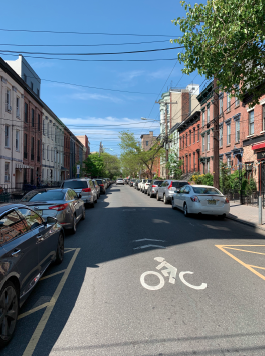
…and yet while there is no traffic, every parking space on the street is fully occupied. These spaces are for storage rather than parking.
Despite the long debate about the need for cheap parking spaces, the pandemic has created a real emergency that should force a new discussion around the use of street space. Four things are going to be essential to support our small businesses in the months to come.
- Most Hoboken small business are in less than 5000 Sq feet. Many in 1000 sq feet or less. For those establishments that require the congregating of people, they must have room to expand. This expansion will have to be into the street during the coming warm months. Parking spaces along commercial and residential streets are inexpensive for residents. Businesses should be able to leverage these spaces in a similar manner.
- Sidewalks will not always be a viable option to share both business space and pedestrians. While some sidewalks in the CBD are wider, many sidewalks have approx. 6-8 feet of usable space. On these streets nearly 70% of the streetscape is the actual street. 6 feet of sidewalk space will not be sufficient to accommodate social distancing for pedestrians along with businesses expanding outside.
- Those businesses that opt for a pickup/drop off business model are going to need direct curbside access and these spaces will need to be available. A simple permitting process and a little bit of paint should be all that is needed for access zones to be created.
- For pedestrians to congregate there may need to be particular streets and or times that require closure so that people can feel safe walking in the public realm and utilizing our businesses. In the COVID-19 world, many cities around the world are already opening their streets to business and pedestrians. Multiple cities like Vilnius, Lithuania, New York City, and other cities around the US are exploring these solutions. Hoboken has also begun testing street closures on the weekend. The key will be to expand these solutions as the weather warms and the state opens up.
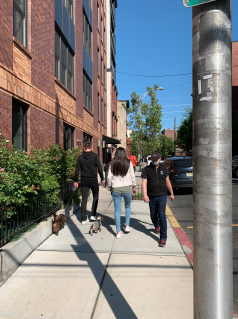
Sidewalks are not enough – pedestrians try to practice social distancing (above) on Hoboken’s narrow sidewalks. This demonstrates the lack of space that will be required
to bring back Hoboken’s pedestrians, practice social distancing, and expand the outdoor footprint for businesses.
Next Steps
Disruption represents pain. But it also represents a transformative moment if we can adapt and be flexible. It is a moment when the “way it was” should be freshly re-examined driven by new economic needs and social priorities. Hoboken has long needed to have a real discussion about the value of its streets, the different demands and uses they should support, and how moving to a market-based system of supply and demand would help facilitate that change. For the moment though, let’s move past that debate and move from the 20th century to the 21st. Cities everywhere are rethinking the value of their streets and new uses for them. Hoboken should be doing the same and remove obstacles to small business sustainability. All of these businesses have been heavily disrupted and forced to adapt and reinvent their business models.
Accordingly, the city should do the same and be in alignment with this new reality.
Inevitably, people will complain about loss of parking storage. Yet since the city only values this space as worth $52/year for a parking permit, surely, we can let our businesses utilize the same space for a similar price. This highly subsidized price tag is also what promotes vehicle storage rather than actual parking which some of our businesses may truly need. The alternative of inaction is to sustain cheap vehicle storage.
This may well have the affect of keeping people away because they don’t feel safe enough as pedestrians and customers and risk the loss of our small business community which is so much of what makes Hoboken desirable.
*************************************************************************
 Antonio Graña has worked in Operations Management and Information Technology – implementing leadership strategies and managing complex organizational change. He is an active urbanist and advisor and engaged in Hoboken land use decisions. He is currently a commissioner on the city’s Zoning Board of Adjustment.
Antonio Graña has worked in Operations Management and Information Technology – implementing leadership strategies and managing complex organizational change. He is an active urbanist and advisor and engaged in Hoboken land use decisions. He is currently a commissioner on the city’s Zoning Board of Adjustment.
***

 Previous Article
Previous Article Next Article
Next Article Bhalla Administration Introduces Hoboken Budget Proposal
Bhalla Administration Introduces Hoboken Budget Proposal 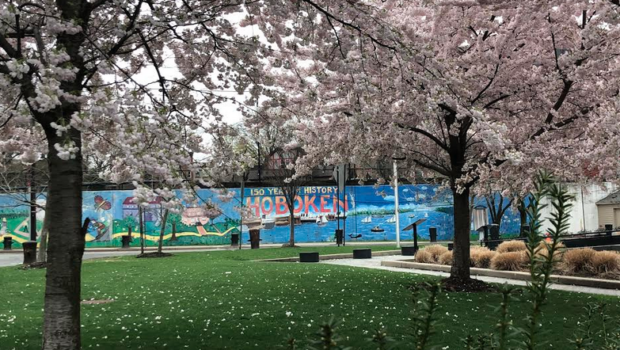 hOMES: Weekly Insight Into Hoboken & Jersey City Real Estate Trends | April 23, 2021
hOMES: Weekly Insight Into Hoboken & Jersey City Real Estate Trends | April 23, 2021  Bloody Good Sunday
Bloody Good Sunday 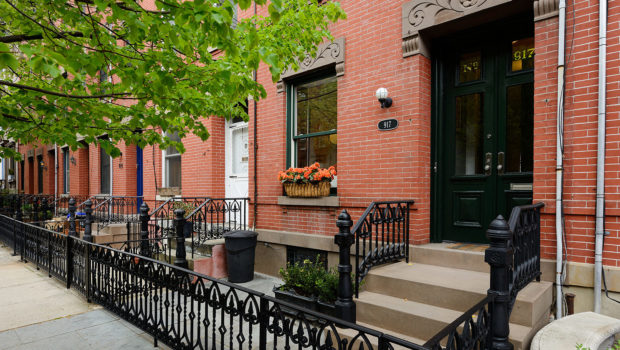 FEATURED PROPERTY: 917 Bloomfield Street, Uptown Hoboken; Renovated 4-Story Townhome — $1,950,000
FEATURED PROPERTY: 917 Bloomfield Street, Uptown Hoboken; Renovated 4-Story Townhome — $1,950,000  WATER MUSIC: Rob Grenoble Talks 30+ Years as Hoboken’s Premier Recording Studio
WATER MUSIC: Rob Grenoble Talks 30+ Years as Hoboken’s Premier Recording Studio 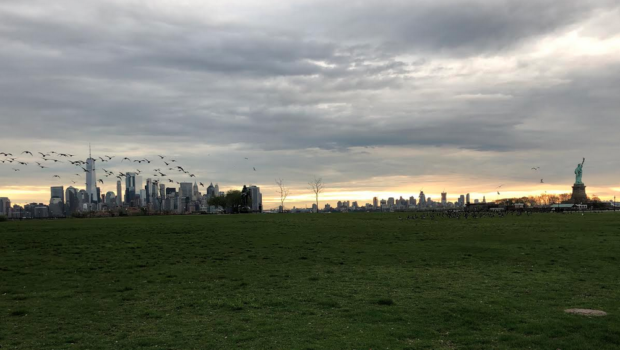 hOMES: Weekly Insight Into Hoboken & Jersey City Real Estate Trends | August 9, 2019
hOMES: Weekly Insight Into Hoboken & Jersey City Real Estate Trends | August 9, 2019  #MakeItEveryones: Jersey City Once Again Named the Most Diverse City in America
#MakeItEveryones: Jersey City Once Again Named the Most Diverse City in America 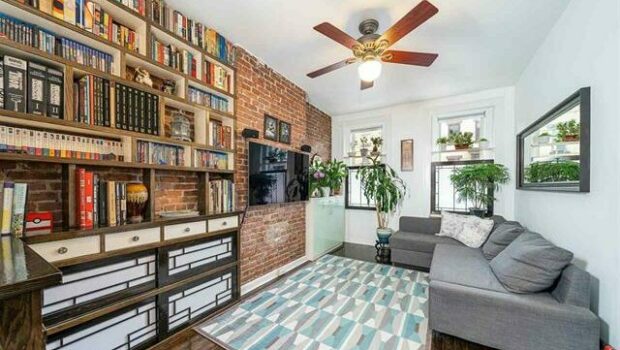 FEATURED PROPERTY: 360 8th St. #2, Downtown Jersey City | 1BR/1BA Condo | $375,000
FEATURED PROPERTY: 360 8th St. #2, Downtown Jersey City | 1BR/1BA Condo | $375,000